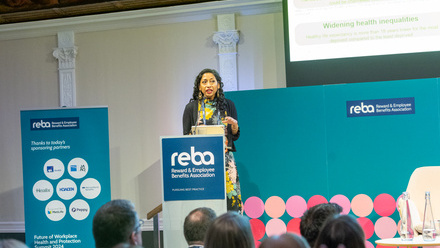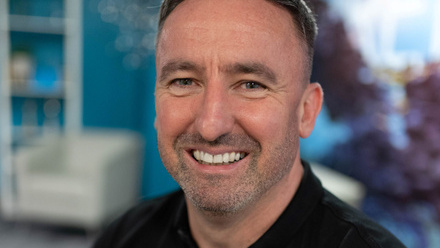How to deliver a future employee benefits strategy that fits your business needs

Within this article we will summarise some key areas for companies, who recognise and have had the go ahead from the business, to evolve their current benefits package.
Understanding your people
The future needs of employees will differ based on numerous factors, including age and career aspirations ie, whether they are ‘short-termers’ or ‘lifers’. As such, when identifying what you think your company’s benefit needs will be in the future, you will need to consider the different groups of employees within your organisation and the types of employees you will need to support future business goals, for example, in growth areas such as digital.
As well as considering whether one section of your workforce would favour greater health care benefits, whereas another may favour a weekly yoga class or a discounted gym membership, it is also crucial to look at the market and ensure that what you are offering is competitive. Employee benefits and culture, which the wellbeing strand of the benefits package can support, are understandably high up on the list of many potential job applicants. So having a competitive and attractive benefits package could really make your company stand out from competitors.
As these benefits are ultimately geared towards your employees, why not go straight to the source and ask your employees what they really want. A simple survey or focus group would be adequate to gauge the needs and interests of your employees regarding what they feel is a good and competitive offering.
Delivering your strategy
Once you have identified the gaps in your current offering, you can create an outline for your benefits package redesign – your wish list and your blueprint for change!
Following this you need to go through the process, which many HR teams are used to, of finding pragmatic partners who are willing to work to your blueprint for change at your pace and fitting in with your existing systems. During this phase you’ll identify that there are several work streams, for example, communication, system integration, and insured benefits – keep checking in to ensure each stream is still achieving your desired outcomes.
The delivery stage can take up to two years, depending on how complex the changes are. Make sure to keep pace with any future business changes by having regular catch-ups with key business stakeholders, as changes, such as mergers, service focus change or location change, may impact the overall business focus and in turn have a knock on effect on what you are delivering.
Launching your strategy
Once the key needs for the future have been established you now need to look at how to deliver the rollout of these benefits in an engaging way, capturing the interest of your workforce so that they can go on to make the most out of your newly updated offering. These three ideas are a good starting point:
- Make it personal – where possible, tailor any communication to individual employees.
- Gamification – some workplace wellbeing apps have come together with HR management systems, employing gamification by allowing workers to log on and earn rewards for completing tasks.
- Make it easy – convenience is key here. The introduction of any new benefits should be communicated clearly with information easily accessible. Considering an online platform or portal where all benefits can be accessed in one place is a good idea.
Identifying and delivering your company’s future benefit needs doesn’t need to be difficult. Engaging with your employees is a key step in the process and can cut-out the guess work around what employees would appreciate in their benefits packages. This should lead to a future benefits offering more in tune with what your employees really want, leading to a happy, healthy and highly functioning workforce – something your company really wants.
The author is Dipa Mistry Kandola, head of flexible benefit services at LCP.
This article was provided by LCP.







